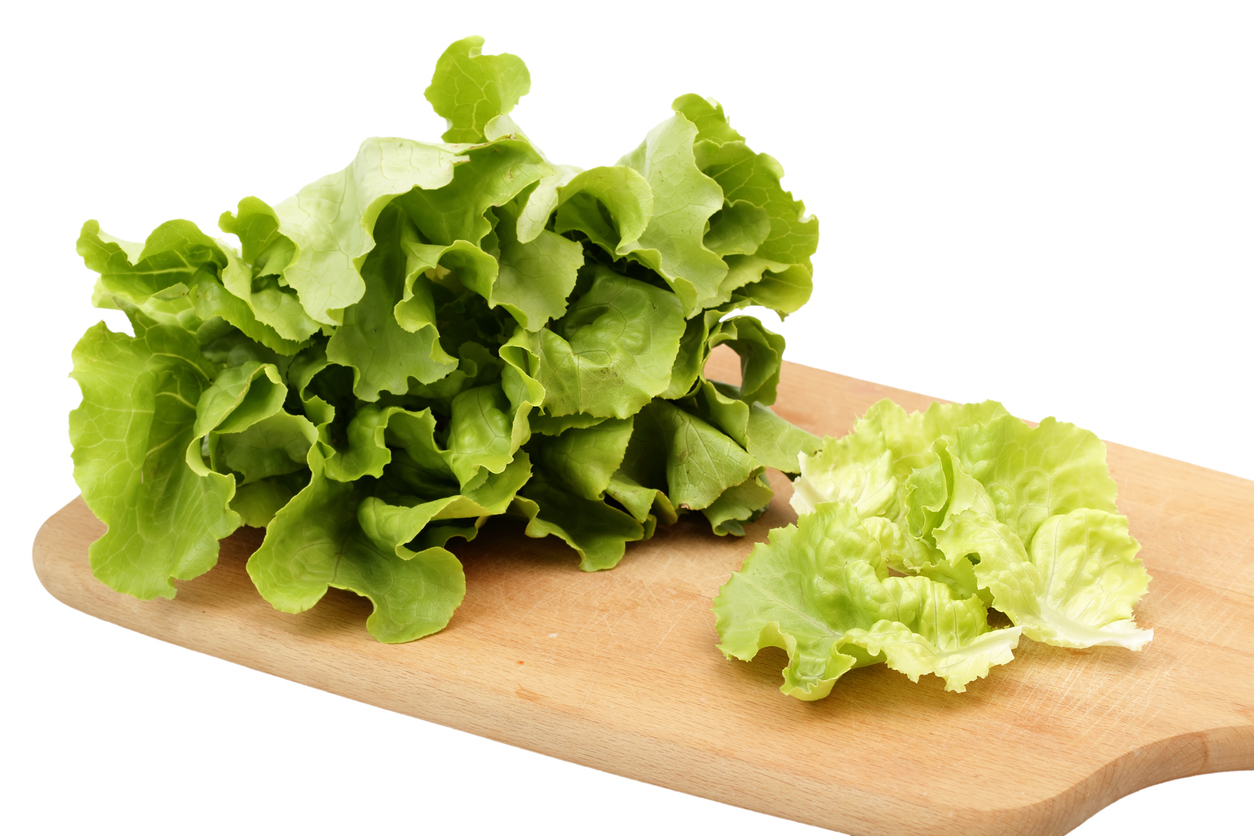When inflation sits above 5% for any length of time, even the financially sturdiest begin to take notice. This economic factor continued to pervade headlines and consumers’ thoughts for much of 2023. Earlier in the year, rapper and songwriter Cardi B, with 155 million social media followers, a great many music awards and an estimated $80 million net worth, had such a moment. In a series of Twitter (now X) posts in January that were quoted by The Economist, CNN, and even the Foundation for Economic Education, Cardi B vented about how “crazy” it was that lettuce had surged to a cost of $7 a head. She also tried to imagine how people not as well-off as she might be responding. With Cardi B’s financial success and fame, it is unlikely that $7 lettuce left much of a mark on her 2023 household budget. Even so, she expressed empathy for folks who are not so well off financially. The price of lettuce does have a story. According to Nick Cutsumpas, urban farmer and author, California farmers lost as much as 80% of their lettuce crops due to the impatiens necrotic spot virus, which caused a lettuce pandemic in the fall of 2022. And when supply drops dramatically and demand stays constant, prices rise sharply.
Often overlooked in our discussions of inflation, however, is the role of choice. As consumers, we almost always have choices. We can discontinue what would normally be on our shopping list because we want to try something new or because it has become too expensive. The Consumer Price Index (CPI) is the most well-known measurement for price changes based on an average of prices for a basket of goods and services. A much less well-known measurement, preferred by the Federal Reserve and released by the Bureau of Economic Analysis, is the Personal Consumption Expenditures (PCE) price index. The basket of goods and services for CPI are only re-weighted once a year. By contrast, the selections for PCE are re-weighted every month. PCE has a dynamic advantage because it captures how Americans actually spend their money. In deference to Cardi B, CPI assumes the constant purchase of lettuce even after it becomes a luxury, whereas PCE follows how consumers replace lettuce with less costly produce.
A significant example of how PCE tracks actual spending can be found in housing. A Pew Research Center analysis showed that 50% of Americans ages 18 to 29 were living with their parents as of July 2022. According to the Bureau of Labor Statistics, U.S. shelter costs increased by 7.9% from 2022 to 2023, and rental costs increased by 8.6%. Due to the high cost of living and student loan debt, young people are choosing to live with their parents until they are stable enough to move out. In other words, many Americans ages 18 to 29 are not actually shouldering that cost. Whereas the CPI assumes they are, the PCE incorporates the fact that many young people have made the choice not to spend their money that way.
Unfortunately, there are plenty of other expenses that cannot be avoided when no practical substitutes exist. For many, gas would be an example. Still, PCE data shows how often we curb our behavior to lessen the sting. For example, hybrid work, the combination of working from home and working at the office, helped alleviate some of the pain of high gas prices. Reasonable consumers learn from their choices: which to keep, and which to change. And, as she tweeted this summer, even Cardi B loves a good budget – despite her millions.
With core PCE inflation down to 3.5% by the end of October, consumers might not have to make as many tradeoffs in 2024, and can find room for a head of lettuce in their budget again.


